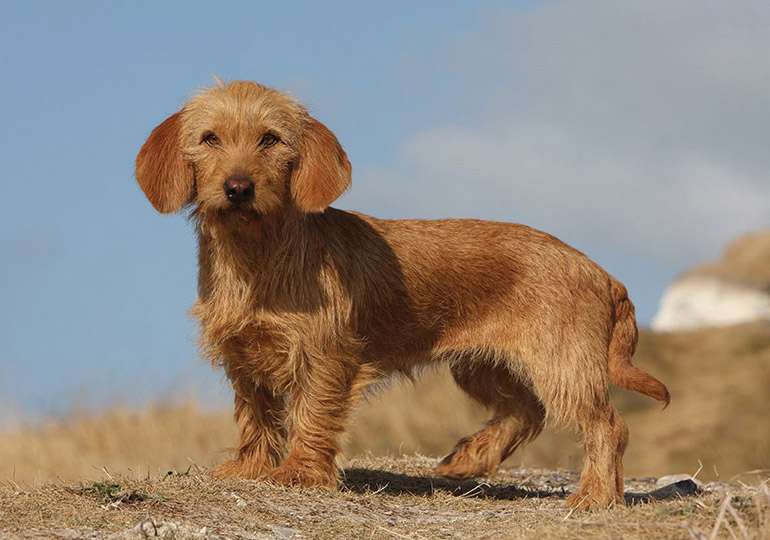
Among hunting dog breeds is the Basenji. It was developed from genetic material that came from central Africa. Dingos and basenjis are both regarded as basal members of the domestic dog group, according to DNA analyses based on whole-genome sequencing.
Physical Characteristics
Small, short-haired basenjis have beautiful necks, erect ears, and tightly curled tails. When a Basenji is young or overly aroused, its forehead wrinkles even more. The eyes of a Basenji are typically almond-shaped. Basenjis normally have a shoulder height of 41–46 cm and weigh 9–11 kg.

Care as a Pet/ In Captivity
Food
For optimum health and performance, their diet should include biologically suitable proteins, healthy fats, ground bones, and vegetables that are rich in vital vitamins and minerals. Make sure your dog always has access to fresh water. Two measured meals should be given daily as is customary; however, it is always advisable to discuss the type of food and the quantity with your veterinarian.
Grooming
Basenjis are a small, flat-coated breed that sheds all year round, including in the winter. In order to clean ears, clip nails, check anal glands, and make sure the hair and skin are in good shape, grooming is advised every 4 to 8 weeks. Basenji dogs need two baths. A general bath should be taken as the initial bath. Use a hypoallergenic shampoo if Basenji has allergies or sensitive skin. If Basenji’s skin is normal, choose scented shampoos and conditioners for the second bath.

Exercise
Basenjis need to exercise for at least a few hours each day. They may engage in damaging behavior, such as unintentional chewing, if they don’t expend their high levels of mental and physical energy. Basenjis can be exercised effectively through vigorous play sessions, long walks, running, trekking, and other activities. Additionally, they can thrive in dog sports like tracking and agility.
When outside, always keep a basenji on a leash or in a secure enclosure. These dogs have a strong desire to hunt, and if given the chance, they may bolt off after small animals and other potential prey. They are also skilled at scaling fences, particularly those made of materials like chain link that allow them to gain a grip. Therefore, make sure your fence is sturdy and high enough to keep them in.
Table





